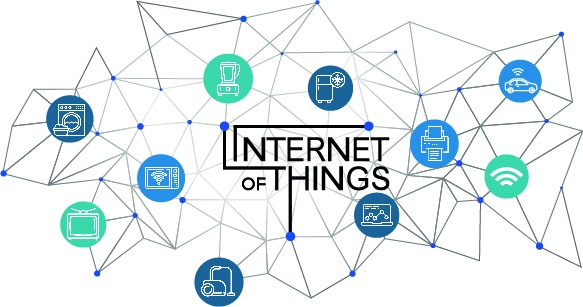In the digital age, education has undergone a significant transformation worldwide, and Nepal is no exception. As technology becomes increasingly integrated into the learning process, schools in Nepal are recognizing the need to adopt and implement various software solutions to enhance administrative efficiency, classroom teaching, and overall student experience. In this blog article, we will explore the essential software requirements for schools in Nepal to thrive in the digital frontier.
Student Information System (SIS)
One of the primary software requirements for schools in Nepal is a robust Student Information System (SIS). This comprehensive platform helps schools manage student data, attendance records, grading, and communication with parents. An SIS streamlines administrative tasks, reduces paperwork, and provides real-time insights into student performance, aiding in informed decision-making.
Learning Management System (LMS)
The adoption of a Learning Management System is pivotal for schools to facilitate blended and online learning. An LMS allows teachers to create and share course materials, assignments, and assessments digitally. Students can access these resources remotely, fostering flexibility in learning, which is particularly important in rural areas of Nepal where physical access to schools can be challenging.
Examination Management Software
Efficient examination management software is vital for schools in Nepal, especially during examination seasons. This software can help streamline the examination scheduling process, automate grading, and generate reports. It also enhances security and reduces the risk of exam paper leaks.
Library Management System
Many schools in Nepal are embracing digital libraries to provide students with easy access to a wide range of educational resources. A Library Management System enables schools to catalog, organize, and track library materials efficiently. It also allows students to search for books and other resources digitally.
Financial Management Software
To ensure the smooth financial operations of a school, financial management software is essential. This software can manage budgeting, fee collection, payroll, and other financial transactions, making it easier for school administrators to maintain financial transparency and accountability.
Communication and Collaboration Tools
Effective communication between teachers, students, parents, and administrators is crucial. Communication and collaboration tools such as email platforms, messaging apps, and video conferencing solutions are necessary for facilitating seamless interaction among all stakeholders.
Security and Privacy Software
Protecting student data and maintaining privacy is of paramount importance. Schools in Nepal should invest in security software to safeguard sensitive information and ensure compliance with data protection regulations.
Custom Software Development
In some cases, schools may have unique requirements that cannot be met by off-the-shelf software solutions. In such instances, custom software development may be necessary to create tailor-made solutions that cater to specific needs.
Training and Support
Implementing and managing software in a school requires a team of trained professionals. Schools should invest in training programs for their staff to ensure efficient software usage. Additionally, they should have access to reliable technical support to address any software-related issues promptly.
Conclusion
The adoption of software solutions in schools in Nepal is essential to stay competitive in the modern education landscape. These software requirements not only streamline administrative processes but also enhance the teaching and learning experience. By embracing technology and investing in the right software tools, schools in Nepal can empower educators, engage students, and prepare the next generation for a digital future filled with endless possibilities.




Leave a Reply